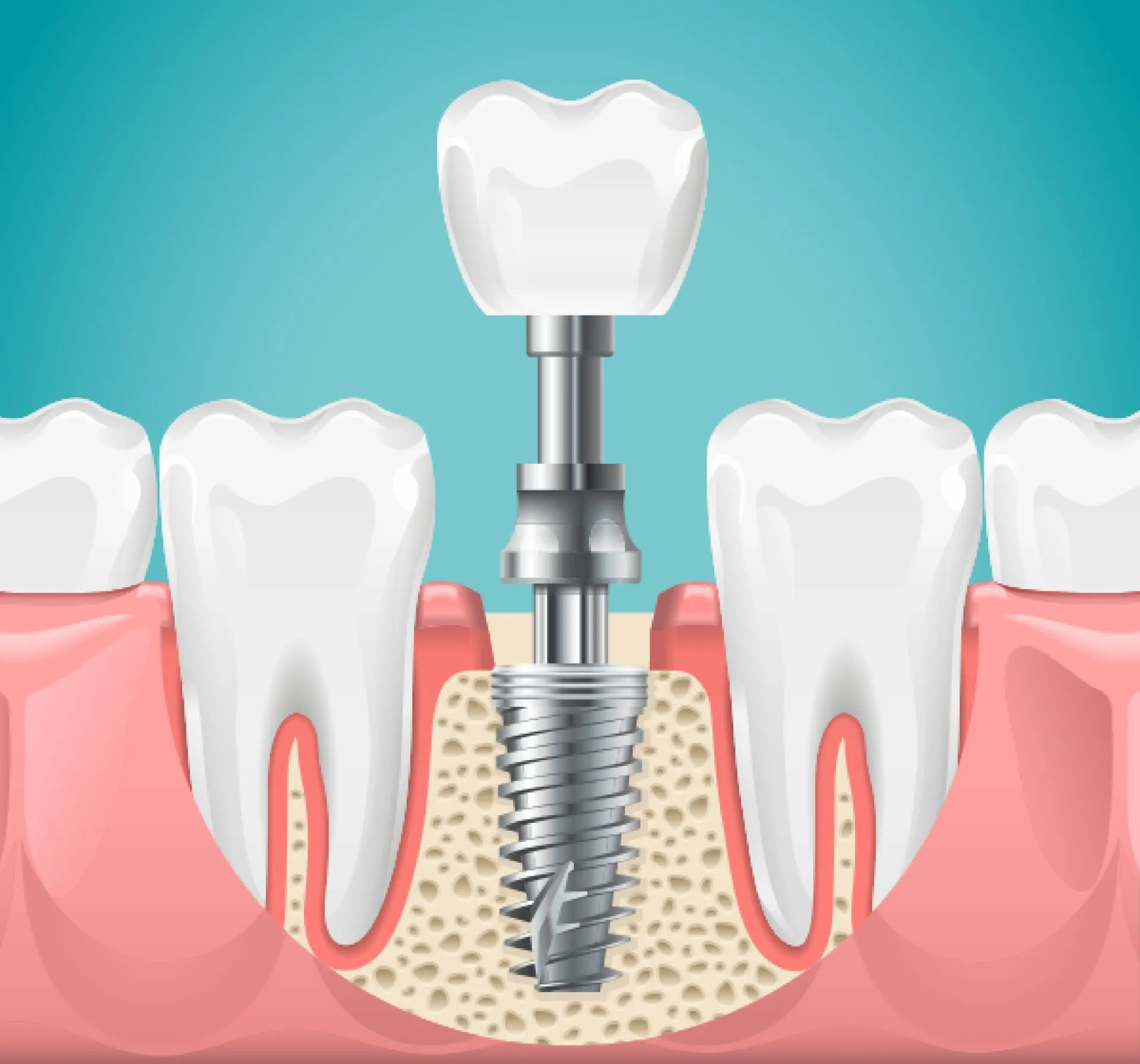The standard process for most dental implant restoration is determined by the number of implants needed. Implant restoration is performed by an oral surgeon or dental implant specialist. Because each patient is unique, Tomball dental implant restoration techniques must be meticulously designed before treatment begins. There are fundamental measures to take, and treatment must be tailored to each patient.
It is essential to visit a qualified implant dentist and make an appointment for a personal evaluation. At that time, the dental implant specialist will construct a treatment plan and offer an estimate of all associated costs. Before picking the best course of action for a lost tooth, a person should research the technique to fully grasp what dental implant restoration entails.
What are dental implants?
Dental implants comprise titanium and are carefully inserted into the jawbone to be a prosthetic tooth root. The bone will eventually develop around the implant, providing strength similar to a natural root. Dental crowns are put on top of the implant and set in place to finish the implant. It will be made to look like your actual teeth! Dental implants, unlike dentures, do not shift or move. If a dental implant and surgical operation is an option for you, consider the following guidelines:
- If you are in quite decent health.
- Keep your gums healthy.
- Have sufficient jaw bone to anchor and support a dental implant.
The advantages of dental implant restoration
Many people affected by missing teeth and prefer not to wear dentures have found remedies through implant restoration. After researching the procedures and the benefits of dental implant repair, many people decide to go through the process. Many people choose to invest in this permanent treatment after learning about the numerous benefits of implant restoration and the alternatives accessible to them. Dental implant repair has several advantages over other options like dentures.
- Implant restoration is a long-term technique for replacing teeth.
- Speech is improved.
- The ability to appropriately eat and chew is restored.
- When teeth are repaired, facial features become more polished.
- The teeth are fixed in place and do not move.
Two-step dental implant restoration
The implant restoration treatment is generally done in two steps. However, due to the numerous factors, it may also be three. Variables include tooth extractions, the number of implants to be replaced, and a variety of other factors. The operation generally takes at least one or two hours to complete. Speak with your dentist about your choices and if you are a good candidate for dental implants.
Is it possible to replace a crown on a dental implant if needed?
Most dental implant restorations are successful and permanent, although replacing a crown on a dental implant is feasible. Cosmetic dentists are proficient in replacing crowns on dental implants if necessary for aesthetic or other reasons. If a crown has to be changed, a competent implant expert must take care not to harm the dental implant while replacing it. When an abutment is cracked or damaged, an expert dental implant specialist will remove the crown without injuring the implant using highly specialized instruments. Moreover, crown replacements are pretty uncommon.
Dental implants are an excellent alternative for replacing one or more lost teeth. Call Russell Family Dentistry or book your consultation online to determine if dental implant restoration is ideal for you.





